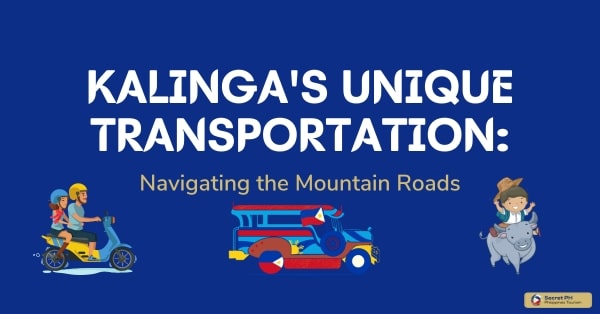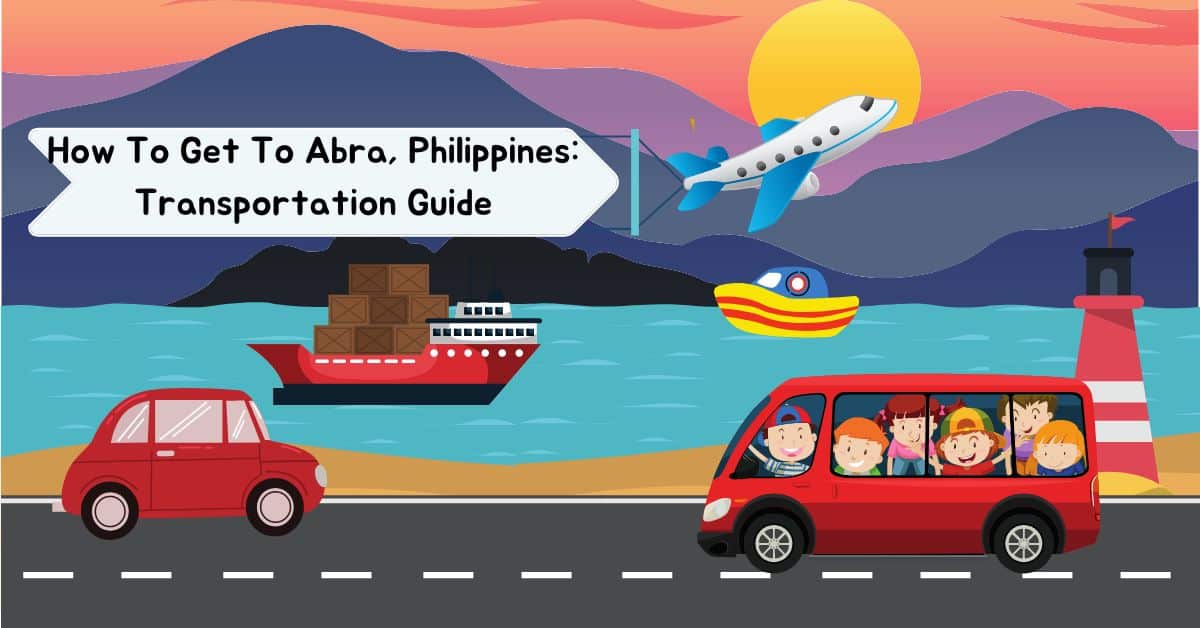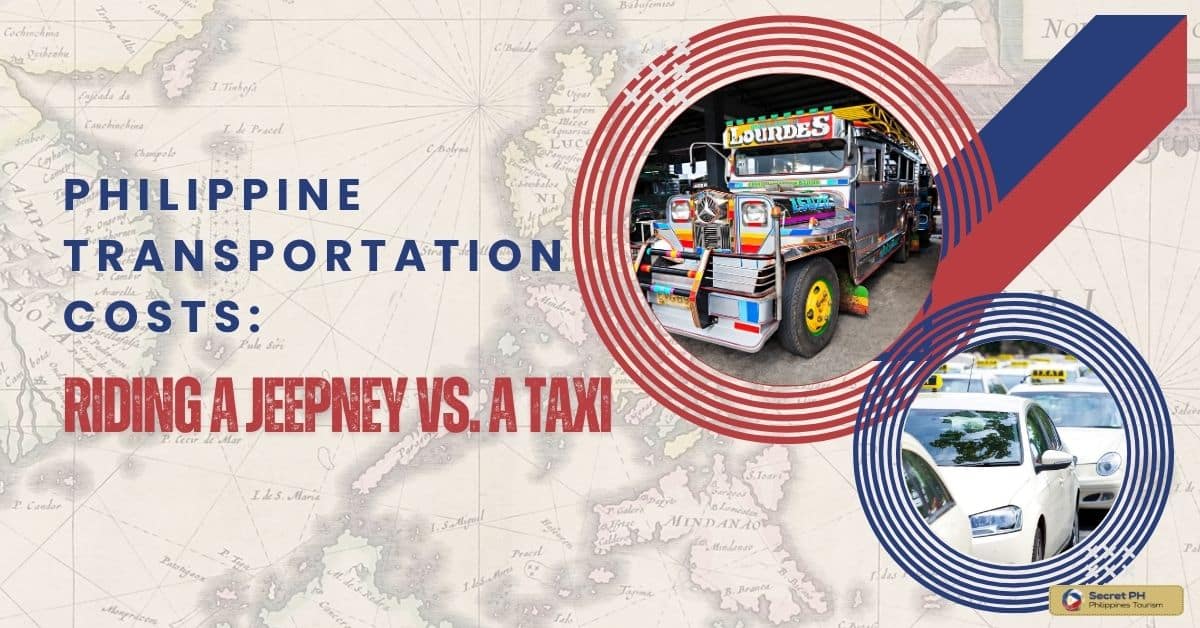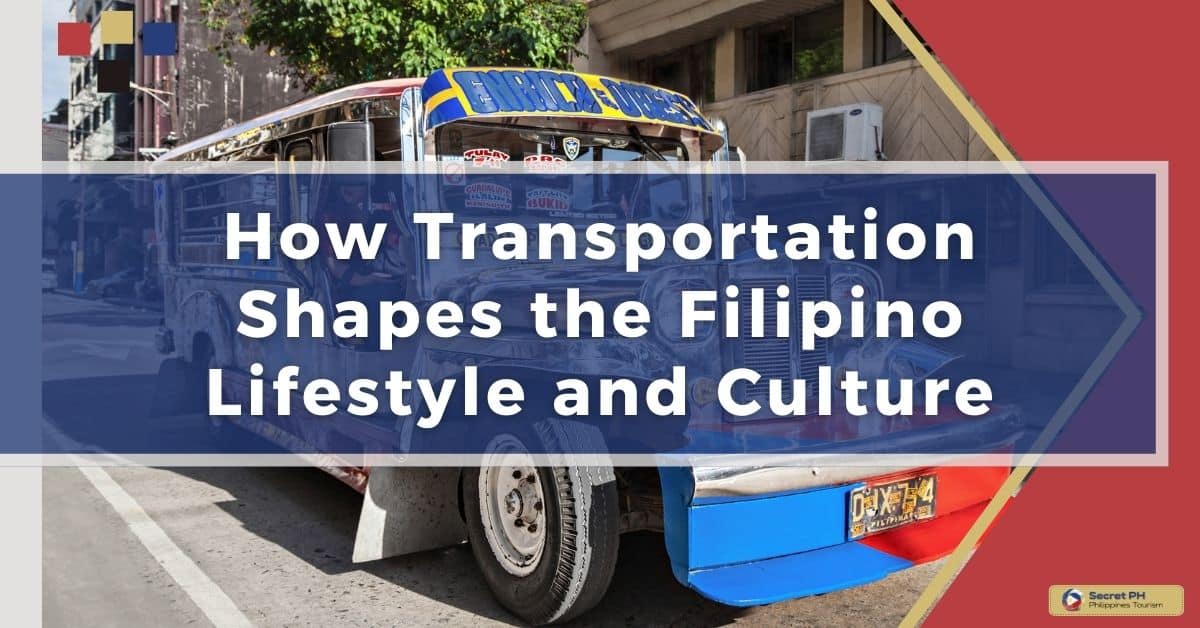Since its early beginnings in the 1700s, Philippine transportation has seen many changes over the centuries as new technologies and innovations were introduced.
The history of transportation in the Philippines dates back to the era of horse-drawn carriages. Today, the country has a diverse system of public transportation, including jeepneys, buses, and trains. Despite challenges, the government continues to work towards modernizing the system to meet the growing demands of the population and economy.
This article will walk through the evolution of Philippine transportation from its humble beginnings to where it stands today, as well as examine the role of the government in developing a modern transportation system.
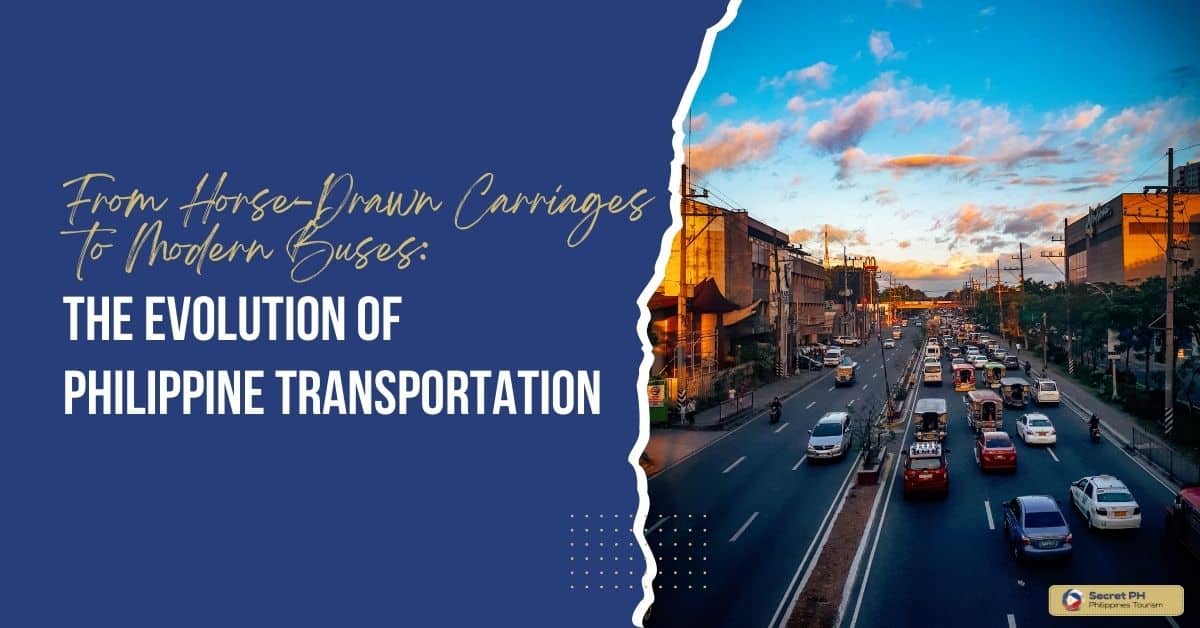
The Era of Horse-Drawn Carriages
The earliest form of public transportation in the Philippines was the horse-drawn carriage. This mode of transport was used by wealthy Filipinos to get around, but it was too costly for most people. These carriages were often drawn by two or four horses and could seat up to six passengers at a time. The roads were very primitive during this time period, so the journey was often long and slow.
The horse-drawn carriage era was short-lived due to the development of new forms of transportation. By the early 20th century, cars and trains had become more commonplace in Philippine society.
As roads improved, these new modes of transport began to replace horse-drawn carriages as the primary form of public transportation. Although horse-drawn carriages still exist in some rural areas, they are typically used for recreational activities or special occasions rather than everyday transportation.
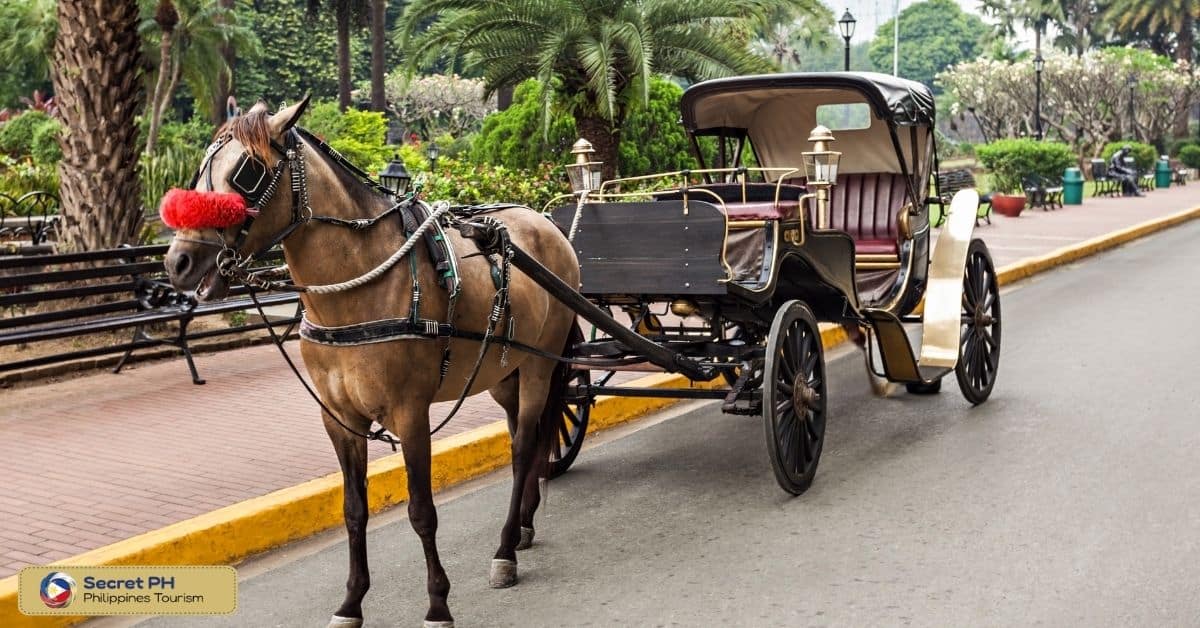
The Advent of Motorized Vehicles
The Philippines is slowly evolving its modes of transportation, from horse-drawn carriages to modern buses. Horse-drawn carriages provided a unique service for many years until the advent of motorized vehicles took their place. Early on in their development, the Philippines’ motorized vehicles were primitive, but these early models paved the way for more advanced motors used today.
The Philippines now uses a variety of motorized vehicles such as automobiles and buses, allowing people to commute faster and more efficiently. Due to technological advancements over time, the Philippines’ public transportation has reached an unprecedented level.
Advancing from horse-driven carriages to modern buses that are capable of much longer journeys. As the Philippines continues to develop its transportation systems using modern technology, it will open up more opportunities for travelers and increase its overall connectivity in the region.
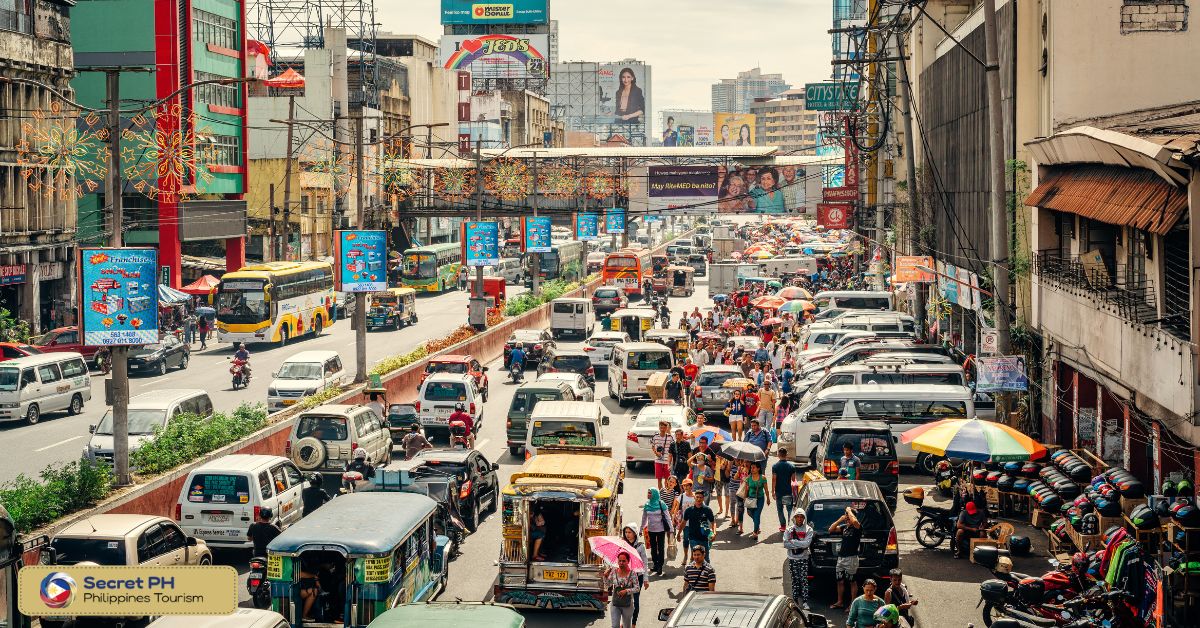
From Jeepneys to Buses: The Rise of Public Transportation
The rise of public transportation in the Philippines has been an important part of the country’s evolution into a modern nation. While horse-drawn carriages were once the preferred mode of transportation, motorized vehicles eventually replaced them and provided people with more efficient ways of getting around. The introduction of jeepneys and buses drastically changed the country’s transportation landscape and allowed Filipinos to explore their cities and beyond.
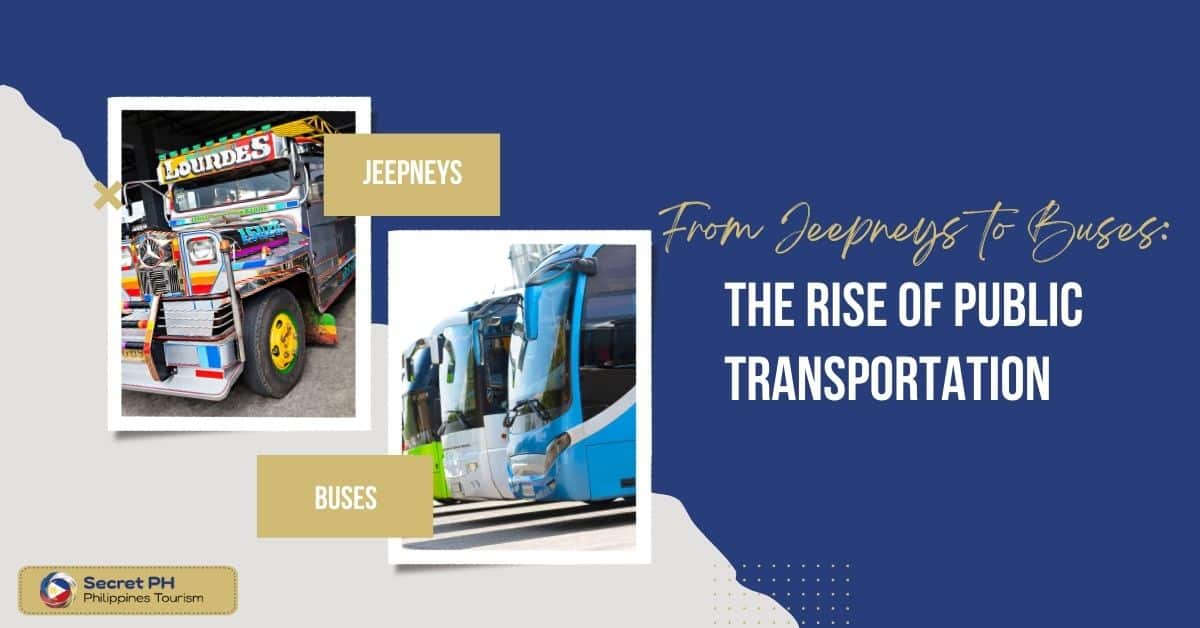
Jeepneys
A jeepney is a unique form of public transportation in the Philippines. It is derived from U.S. military jeeps left behind after World War II, which were then modified by Filipino mechanics to accommodate more passengers.
Jeepneys quickly became the most popular form of public transportation in the country due to their low cost and convenience. Although jeepneys are still widely used, they now face competition from buses, which offer a smoother and more comfortable ride.
Buses
Buses first appeared on Philippine roads in the 1960s, offering a more comfortable option for long-distance travel. Over the years, buses have become increasingly popular as the preferred mode of public transportation in major cities such as Manila due to their low cost and efficiency.
The Philippine government has invested heavily in modernizing the country’s bus systems, including installing air-conditioned buses and introducing mobile payment options. As a result, buses are now the preferred mode of public transportation for many Filipinos.
The Challenges of Modernizing Philippine Transportation
The rapid growth of the Philippine population and economy has presented several challenges when it comes to modernizing its transportation system. Overcrowding, outdated roads, and lack of rail options all create obstacles for the government as they strive to provide efficient and safe transportation solutions for its citizens. Other problems such as high costs, safety concerns, and environmental issues have also contributed to the difficulty of modernizing the country’s transportation system.
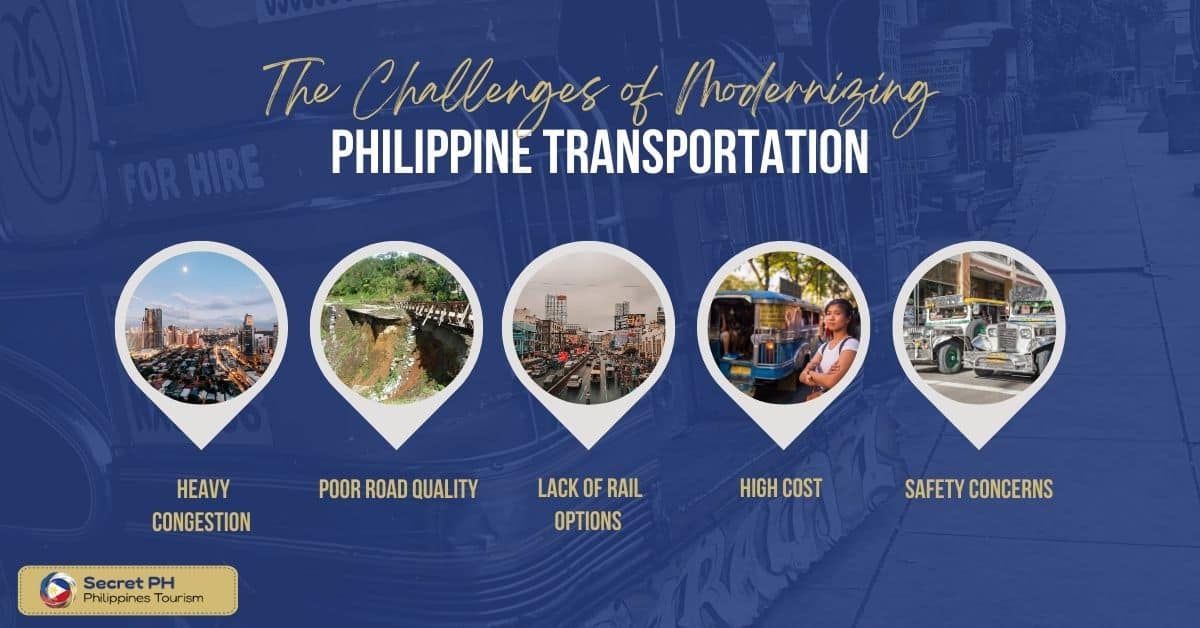
Here, will we discuss the challenges faced in modernizing Philippine transportation:
1. Heavy Congestion- With the rising number of commuters and vehicles, major roads in the Philippines are often congested, resulting in long waits for public transportation and difficulty navigating through cities.
2. Poor Road Quality- Much of the infrastructure for Philippine transportation is outdated and has not been maintained properly over time. As a result, many roads are damaged or unsafe for drivers and pedestrians.
3. Lack of Rail Options- Despite the overall growth in public transportation options, there is still a lack of rail options in the Philippines. The current inter-island ferries and buses have limitations when it comes to transporting people quickly and efficiently across islands.
4. High Cost- The cost of public transportation in the Philippines is relatively high, putting a strain on those with lower incomes who rely on it for their daily needs.
5. Safety Concerns- Lastly, there are safety concerns associated with many forms of Philippine transportation. Incidents such as bus hijackings and jeepney accidents have worried travelers and caused calls for better regulation and implementation of safety standards.
The Role of Government in Transportation Development
Throughout the centuries, the Philippine government has played an important role in developing and modernizing its transportation system. From investing in infrastructure to introducing new technologies, the government has sought to make travel within the country safer, faster, and more convenient for citizens.
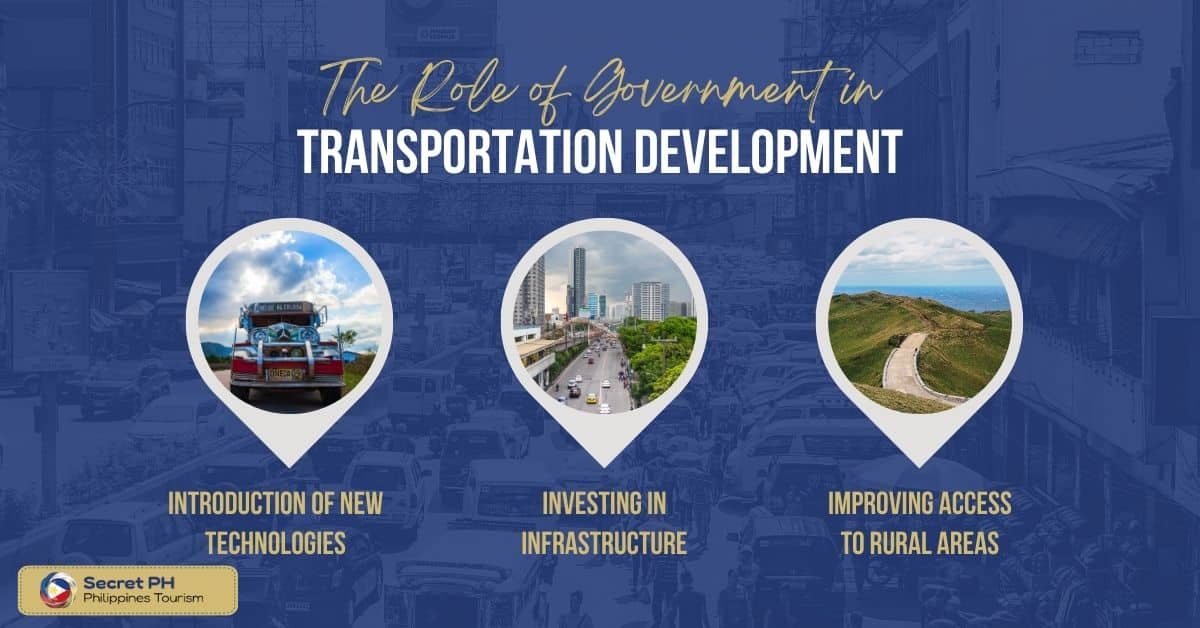
Introduction of New Technologies
One of the most significant contributions of the Philippine government to transportation development has been introducing new technologies and innovations. One example is its investment in modern public transportation, such as buses, jeepneys, and trains. The government also continues to invest in infrastructure projects that improve road networks and increase access to rural areas. The goal of these efforts is to provide citizens with a safe, efficient transportation system.
Investing in Infrastructure
The government has also invested heavily in infrastructure projects that improve the quality of Philippine transportation. This includes upgrading existing roads, constructing new bridges and tunnels, and improving safety measures for drivers and passengers. In addition, the government has implemented policies that encourage the use of public transportation, such as discounts and fare reductions.
Improving Access to Rural Areas
Another important goal of the Philippine government is to improve access to rural areas by providing better transportation options. This includes investing in projects that will improve existing roads and build new ones, as well as introducing more efficient modes of transport like buses and trains. The government also encourages the use of bicycles and other non-motorized vehicles in rural areas to reduce pollution and improve road safety.
The Future of Philippine Transportation
The Philippines have seen a drastic evolution when it comes to transportation. From once relying solely on horse-drawn carriages for conveyance back in colonial times, the Philippines now boasts an extensive public land and sea transportation infrastructure. These include the metros, such as BART and the MRT, and bus companies that cover most of the Philippines’ regions and islands.
Public transport remains an important part of Filipino culture, with people using modern modes of public transport to travel long distances all throughout the Philippines every day. Faster, cleaner, and more efficient modes of transportation are still being pursued today in order to continue improving transportation options in the Philippines and make it easier for residents to get around their country better.
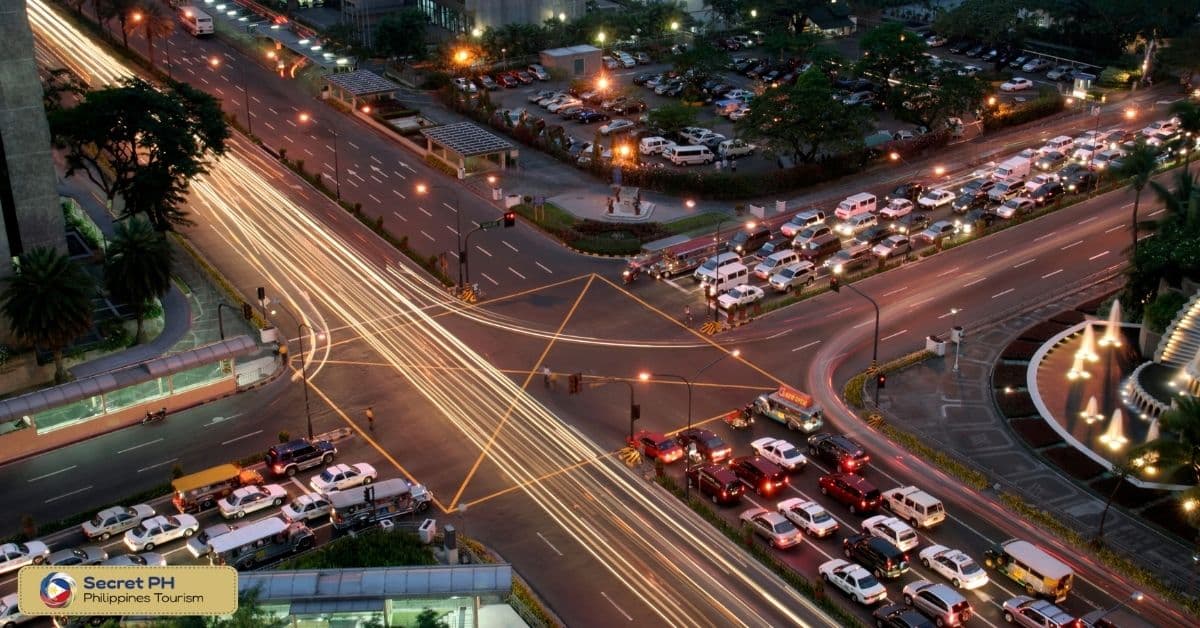
In conclusion
Philippine transportation has come a long way since its early beginnings in the 1700s. From horse-drawn carriages to modern buses and trains, the country’s transportation system has seen many changes over time.
The government continues to invest in infrastructure projects that improve road networks and increase access to rural areas, while also implementing policies that encourage the use of public transportation. Despite some challenges, these efforts are paving the way for faster, cleaner, and more efficient modes of transportation that will help Filipinos get around their country better in the years to come.

